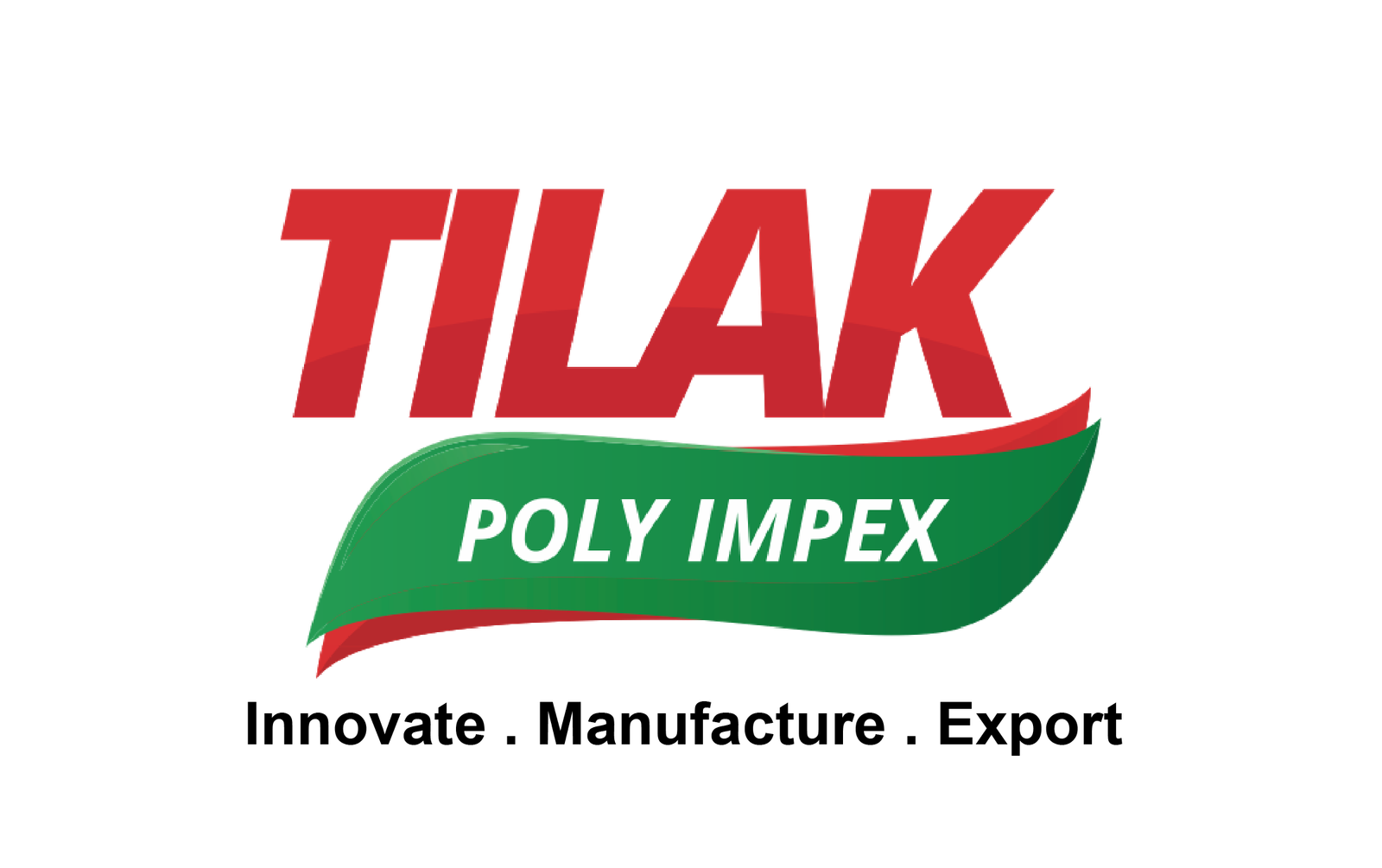Manufactured by simply sealing the bottom edge so that no length of the can liner is sacrificed, flat seals provide a generally leak-proof product. They do not, however, conform well to the waste receptacle and can be difficult to handle.
Flat Seal trash bags are self-explanatoryJust as the name infers, a flat seal is simply a two-dimensional bag with a bottom seal. Unlike the star sealed bag which folds it’s plastic multiple times, the flat seal allows for a larger amount of volume inside for waste. Flat seal bags are generally leak-proof, but because they are 2 dimensional, they do not conform very well to the shape of most rubbish bins.
Plastic bags for rubbish or litter are sold in a number of sizes at many stores in packets or rolls of a few tens of bags. Wire twist ties are sometimes supplied for closing the bag once full. Varying thicknesses are commonly manufactured – thicker bags are used for heavy-duty applications such as construction waste, or in order to be able to withstand being compacted during recycling processes. In the mid-1990s bin bags with drawstrings for closure were introduced. Some bags have handles which may be tied or holes through which the neck of the bag can be pulled. Most commonly, the plastic used to make bin bags is the rather soft and flexible LDPE (low-density polyethylene) or, for strength, LLDPE (linear low-density polyethylene)




